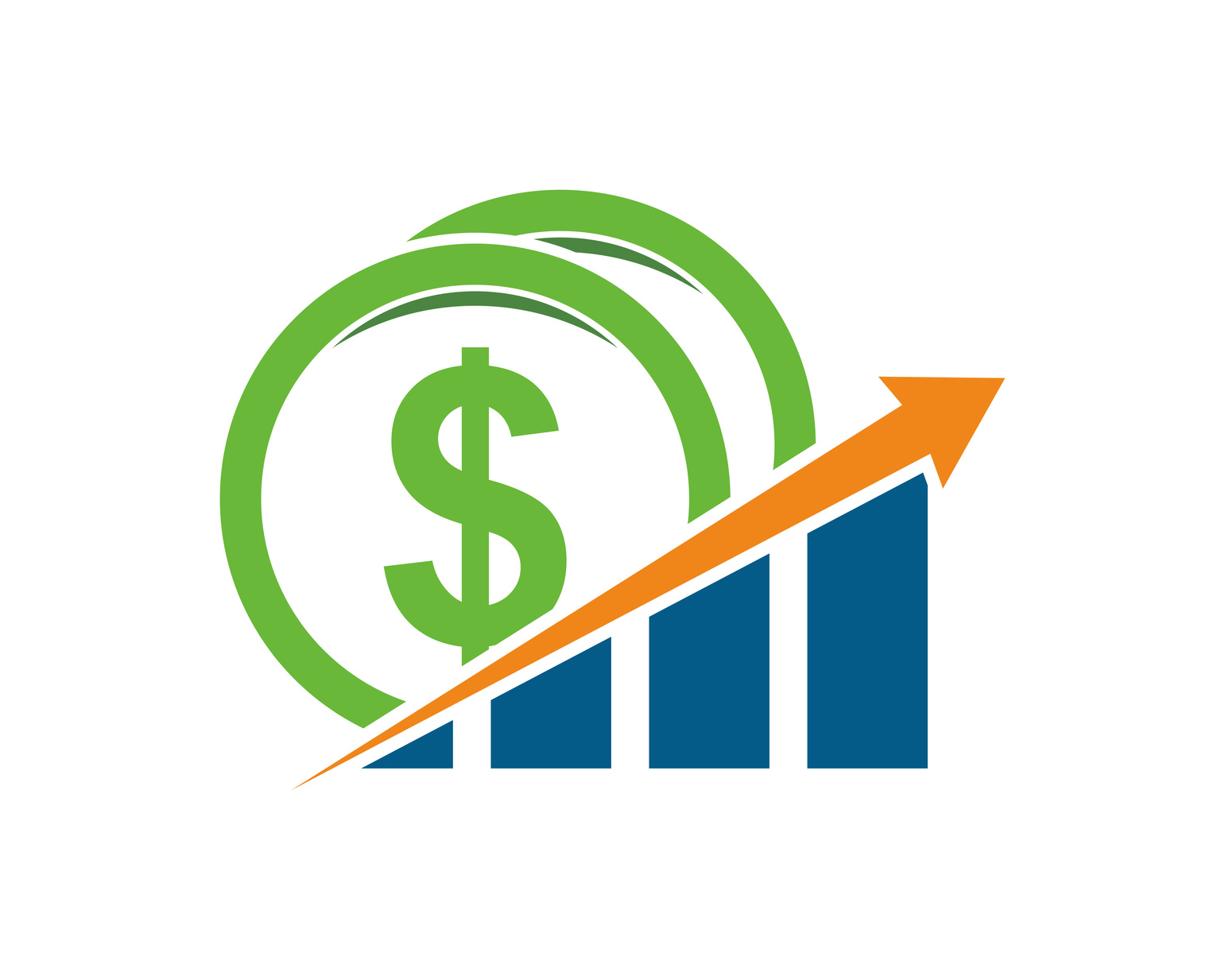Understanding and leveraging the right strategies can make a significant difference in your Individual Retirement Account (IRA) rate of return. This is crucial to building a robust and secure retirement fund. The dynamic nature of investments, such as interest rates, federal policies, and other economic conditions, greatly influence the rate of returns on your IRA. In addition, the type of IRA you choose—be it Traditional, SEP, SIMPLE, or Roth—can also have a substantial impact on your returns. This piece extends its reach to enlighten you on ways you can maximize your IRA rates by offering tips on contributing at ideal times, understanding tax implications, and the importance of long-term planning.
Understanding IRAs and Rates Returns
Understanding Individual Retirement Accounts (IRAs)
An Individual Retirement Account, or IRA, is a type of savings account that offers tax benefits to individuals to encourage them to save for retirement. While there are different types of IRAs available, they all serve the same purpose of helping you save for your future.
Different Types of IRAs
There are four main types of IRAs: Traditional, Roth, SEP, and SIMPLE.
- Traditional IRA: Allows for pre-tax contributions, meaning the money is deducted from your salary before taxes are imposed. The savings grow tax-deferred until retirement, at which point withdrawals are taxed as ordinary income.
- Roth IRA: Funded with after-tax dollars. The contributions made are not tax-deductible, but the withdrawals at retirement are generally tax-free.
- SEP (Simplified Employee Pension) IRA: Primarily designed for small business owners and self-employed individuals. This IRA has higher contribution limits compared to Traditional and Roth IRAs.
- SIMPLE (Savings Incentive Match Plan for Employees) IRA: Primarily designed for small business owners and self-employed individuals. This IRA has higher contribution limits compared to Traditional and Roth IRAs.
Rates Returns and IRAs
The word ‘returns’ in the phrase ‘rates returns’ is used to denote the gains or losses made from the investments in your IRA. This could be in the form of interest, dividends, or increased value of the original investment (capital appreciation).
Depending on the investments in your IRA, the rate of return can vary. Some investments may offer a fixed return rate, while others may fluctuate with the market conditions. In general, the higher the potential return, the higher the risk involved.
How Interest Rates Affect Your IRA’s Performance
Higher interest rates can affect your IRA in several ways. If you hold bonds or other fixed income assets in your IRA, the rising interest rates can lead to reduced value of these assets. This is because new bonds would be issued at the new higher rate, making existing bonds less desirable unless their price is lowered.
On the other hand, if your IRA holds interest-bearing assets like CDs or money market funds, higher rates can boost the returns on these assets. This applies to Traditional, SEP, and SIMPLE IRAs.
With Roth IRAs that are funded with after-tax dollars, you’ll not owe any taxes on the earns, regardless of the interest rates. This makes Roth IRAs a great way to save for retirement when interest rates are high.
Understanding IRA Rates Returns
Before embarking on major adjustments to your IRA investments, it is crucial to be aware of how interest rates impact your returns. Diversifying your portfolio and managing risk effectively requires a firm grasp of this concept. Do take advantage of the insights of a financial advisor who can guide you based on your specific financial situation.

Factors Affecting IRA Rates Returns
The Role of Federal Reserve Rates
The Federal Reserve rates, more commonly referred to as the Fed rates, play a significant role in shaping IRA rates returns. A hike in these rates trickles down to increased borrowing costs for banks, and these costs are frequently passed down to their clients including IRA holders. Increased Federal Reserve rates may therefore equate to higher IRA rates returns. Yet, one must be aware that a decrease in the Federal Reserve rates may potentially lower IRA rates returns as the banks’ cost of borrowing plunges.
Government Policies Impacting IRA Rates
Government policies can also steering IRA rates returns. For example, governments can offer tax deductions on IRA contributions, which effectively serve as a form of return on investment. Alternatively, a government might raise taxes on investment gains, reducing the resulting rate of return. Policies on retirement savings can also have an impact. For instance, laws that encourage or mandate contributions to retirement accounts can encourage more savings, which could potentially increase the demand for IRAs and lead to higher rates.
Economic Indicators and their Effect on IRAs
Economic indicators such as inflation, GDP growth rate, and the unemployment rate can all influence IRA rates returns. High inflation can decrease actual returns on IRAs as the buying power of the returns diminishes. On the other hand, strong GDP growth often correlates with profitable businesses, potentially leading to higher returns. Lastly, the unemployment rate might influence IRA rates. Higher unemployment could mean fewer people are contributing to their IRAs, potentially reducing demand and lowering rate returns.
Market Conditions Affecting IRA Returns
Overall market conditions can also influence the returns on IRAs. For example, in a bullish stock market, IRA accounts investing in equities may see higher returns. But in a bearish market, these accounts might perform poorly. Furthermore, in a bear market, bonds generally perform well, and therefore bond-based IRAs might see improved rates returns. Stock market volatility can also greatly affect IRA rates.
The Role of the Type of IRA
There are two main types of IRAs: Traditional and Roth. In a Traditional IRA, contributions are tax-deductible, but withdrawals during retirement are taxed. This can effectively increase the rate of return, as the tax savings act as an additional return. For Roth IRAs, contributions are made after tax, but withdrawals during retirement are tax-free. The type of IRA chosen might depend on the individual’s expectation of their future tax rates: if they expect to be in a higher tax bracket after retirement, a Roth IRA could offer better returns.
Understanding the Impact of Investments on IRA Returns
The returns you get from your Individual Retirement Account (IRA) are significantly influenced by the types of investments you hold within it. Assets such as stocks, bonds, mutual funds, and ETFs can all be held in an IRA. The performance of these assets then directly affects the IRA’s returns. The key to ensuring lucrative IRA rate returns, therefore, lies in strategic asset allocation and smart investment choices.

Strategies to Enhance IRA Rates Returns
How to Effectively Enhance Your IRA Rates Returns
IRAs are special savings accounts designed to help you save for retirement. While the contribution limits may not seem very high, when coupled with the power of compound interest, they can result in substantial growth over time. To fully tap into this potential for growth and boost your IRA rate returns, it is critical to implement effective strategies.
Asset Allocation and Diversification Strategies: Improving your IRA Returns
A balanced portfolio generally has a mix of different asset classes such as bonds, stocks, and cash. The particular mix would depend on the individual’s risk tolerance, financial goals, and investment horizon. For instance, younger individuals who can afford to take more risk might opt for a higher proportion of stocks in their portfolio.
On the other hand, diversification is the practice of spreading your investments among different types of assets and sectors to reduce risk. The idea is to invest in assets that won’t all respond to the same market or economic event in the same way. For instance, when the stock market declines, bond prices might increase.
Choosing the Appropriate Mix of Investments
Deciding on the appropriate mix of investments in your IRA is not a one-time task. It requires regular review and rebalancing. Over time, some investments will grow faster than others, and your asset allocation could drift from your original goal. You’ll need to rebalance your portfolio by selling investments in over-weighted asset categories and transferring the proceeds to under-weighted categories.
Timing of Contributions and Withdrawals
To maximize IRA rates returns, it is generally recommended to make contributions early in the year. That’s because the sooner you contribute, the more time your money has to grow. On the other hand, you should delay withdrawals as long as possible, as withdrawals before the age of 59 1/2 may be subject to a 10% early withdrawal penalty.
However, timing shouldn’t be confused with “timing the market.” Numerous studies have shown that it is generally nearly impossible to consistently time the market and that a buy-and-hold strategy typically yields better long-term results.
Tax Implications
Making withdrawals from your IRA can have significant tax implications. Unless it’s a Roth IRA, the withdrawals are considered ordinary income and are taxed accordingly. If possible, aim to take withdrawals when you’re likely to be in a lower tax bracket. Roth IRAs, on the other hand, qualify for tax-free withdrawals after age 59 1/2, provided the account has been open for at least five years.
Long-term Planning in Maximizing Returns
IRAs, like all long-term savings accounts, benefit from a buy-and-hold strategy. Over time, the power of compounding can help your account grow substantially. Moreover, it’s important to continually reinvest your earnings back into the IRA and keep an eye on the long-term horizon. While it can be tempting to react to short-term market fluctuations, remember that the most considerable growth comes from staying invested over the long run.
Conclusion
Maximizing your IRA rates returns isn’t as difficult as it may seem. It simply requires a blend of strategic asset allocation, responsible diversification, and careful management of contributions and withdrawals. This, when coupled with due consideration for tax implications and a consistent long-term investment perspective, could help in significantly boosting your overall returns.

Effects of Compounding on IRA Rates Returns
Employing the Power of Compounding to Increase Your IRA Rates Returns
One of the fundamental concepts that could help you accelerate the growth of your IRA Returns is Compounding. This is a process where the profits from an investment are reinvested to create additional returns over a period. This handy finance tool isn’t just limited to a specific type of investment or savings model but is applicable to a wide range, including Individual Retirement Accounts (IRAs).
When we discuss IRAs, the principle of compounding is often referring to the reinvestment of earnings generated from capital gains, dividends, or interest, instead of cashing them out. This reinvested money then continues to earn, which contributes to the growth of your IRA. Due to this cycle of reinvestment and earning, your retirement account balance can witness substantial growth over time thanks to the power of compounding.
Scenarios Illustrating the Benefits of Compounding
Let’s consider you invest $5,000 in an IRA account each year, for a period of 20 years. With an average annual return of 7%, without considering compounding, at the end of 20 years, your investment would grow to $100,000, however, earnings on your investment would be $140,000.
Now, if the same investment was compounded annually, your investment balance could potentially grow to around $226,000 at the end of 20 years. In this scenario, the principle of compound interest has added an additional $86,000 to your retirement savings.
The Time Factor in Compounding IRA Returns
Time plays a significant role in compounding as the effects of compounding amplify over longer periods. The sooner you start saving and investing in an IRA, the more time your money has to grow and compound.
The longer you let your investments compound, the greater the growth of your IRA. Therefore, starting an IRA early in your career and consistently contributing to it over time can lead to significant IRA returns as you approach retirement.
The Factors Impacting IRA Returns
While compounding can significantly enhance IRA rates returns, there are other factors one must also consider. These factors include the type of IRA (traditional IRA or Roth IRA), the investment choices within the IRA, the fees associated with the account, and the individual’s tax situation. Each of these factors can impact the ultimate return on an IRA investment.

With the right understanding of interest rates and a well-planned strategy, your IRA can potentially yield higher returns, paving your way to a financially secure retirement. Internal and external factors influencing these rates are numerous, but with a balanced investment portfolio and deft asset allocation, you can navigate these complexities with ease. Moreover, understanding and applying the power of compounding can have a profound effect on your rates of return. Implementing this knowledge will not only optimize your IRA returns but also secure your finances for a stress-free post-retirement life.
